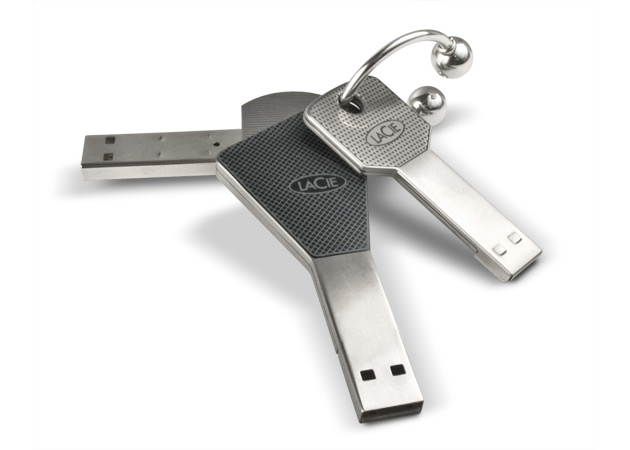The Lempel-Ziv-Markov chain algorithm is a (at least in the Linux-world) relatively new compression method. It features a very high compression ratio that is generally much higher than bzip21. Unfortunately there a quite a few different implementations. So creating and extracting lzma archives on different Linux distrubutions will vary.
While the latest Fedora comes with GNU tar 1.22, which has a built-in flag for lzma compression, CentOS still uses GNU tar 1.15.1; So you will have to pipe your tarball manually to the lzma binary. Here is an example:
On Fedora 11, creating an lzma compressed tarball is rather simple:
tar cfv backup.tar.lzma a/dir --lzma
Just like decompressing it
tar xfv backup.tar.lzma --lzma
You may want to skip the verbose flag v in a script.
On CentOS 5.3 you first have to pull lzma from a 3rd party repository like RPMFusion
yum install lzma
before you can create you archive with:
tar cv a/dir | lzma -c -z > backup.tar.lzma
For decompression, just pipe the hole file into lzma -d and un-tar the output:
cat backup.tar.lzma | lzma -d | tar xv
Again: You may want to skip the verbose flag v in a script.
[1] http://www.linuxjournal.com/node/8051/print
